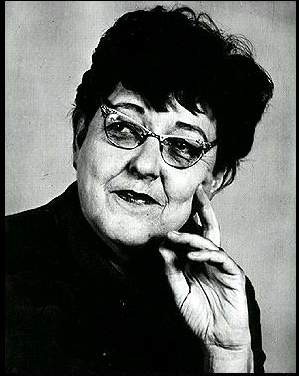

Wikipedia He ended up murdering 10 people, the last two of whom were his own mother and her best friend.But what he did to them after they were dead was even more disgusting. Three years later in 1972, he began picking up and killing female hitchhikers in a spree that lasted almost a year. Wikipedia When he was 21, he was released because psychiatrists believed that he’d been rehabilitated.They couldn’t have been more wrong. Not only does he give terrifying details about how he killed her, but he twists his words to make the murders soundlike they were cathartic experiences for him.Talk about gruesome, right? As a child, Kemper was brought up by his abusive mother until he turned 15.At that age, he murdered his own grandparents and was taken to the Atascadero State Hospital for the criminally insane.
#COED KILLER VICTIMS SERIAL#
In the seriously unsettling interview below, American serial killer Edmund Kemper, otherwise known as the “Co-ed Killer,” says that his mother was the reason he became a murderer, but his creepy statements definitely don’t end there. We all have, but I think I can speak for the vast majority of us when I say that we’ve never been as spiteful in our blame games as this man. “It certainly wouldn’t bring closure to me to see him punished as if he were the murderer,” Laurence Houlgate said.Share on Facebook Pin I’ll be the first to admit that I’ve wrongly blamed my parents for some of my problems. This surprising act of compassion comes from two grieving parents who said their pain does not justify an unfair sentence. It’s certainly not served in cases where there’s no criminal intent.” “I feel justice would be served in that case. “It would be justice,” Laurence Houlgate said of the prospect of Wollett’s release. While opponents call SB 1437 a slap in the face for victims, the Houlgate family disagrees. He told a judge at a Wednesday hearing for Estrada’s release that the new law is altogether unconstitutional because it should have gone through a voter initiative process, not the legislature.Ī judge in Northern California agreed, filing an order recently against a petitioner because he believes the law is unconstitutional. “It says these folks shouldn’t be culpable for the deaths that their actions contributed to,” Dow said. Estrada was not responsible for his murder.”īut Dow said Friday that this law does not do justice by the victims and supports the release of “convicted murderers back out into the community.” “His friend at the time committed a heinous act to an innocent victim, but Mr. “He was involved in a residential burglary,” Conaway said. His client, Gerardo Estrada, was sentenced to prison for the 1986 murder of Ronald Gow. “It used to be that if someone died in the commission of certain enumerated felonies, everyone responsible for that underlying felony was responsible for the murder,” Earl Conaway III, a defense attorney in San Luis Obispo, said.Ĭonaway doesn’t know the Houlgates, but he knows this situation well. “Chad shot him at that point.”Ĭhad Westbrook was later convicted of murder in San Luis Obispo County Superior Court alongside then 18-year-old Patrick Wollet, who reportedly beat Houlgate but did not pull the trigger. “Josh saw the gun, started to move to the sliding glass doors to get out, but it was too late,” Houlgate’s father, Laurence, said. Joshua Houlgate, who is remembered by his parents as a smart, funny man who fell in with the wrong crowd, was fatally shot at a mobile home in San Luis Obispo. “(It’s been) almost 11 and a half years, but almost every time we revisit this, it’s very emotional for us,” Houlgate’s mother, Tori, said. Only two – Ted Cornelius and Edward Prokop – have been denied thus far.Īmong those petitioning for a new sentence is Patrick Wollet, who was convicted of the 2007 murder of Joshua Houlgate. Senate Bill 1437 amends the way felony murder is charged in what supporters see as a way of holding defendants accountable for their own actions instead of the actions of their accomplice.Īccording to San Luis Obispo County District Attorney Dan Dow, a total of 17 defendants have filed a petition for a new sentence under the law. A new California law that took effect in January could lead to the release of 15 people convicted of murder in San Luis Obispo County.


 0 kommentar(er)
0 kommentar(er)
